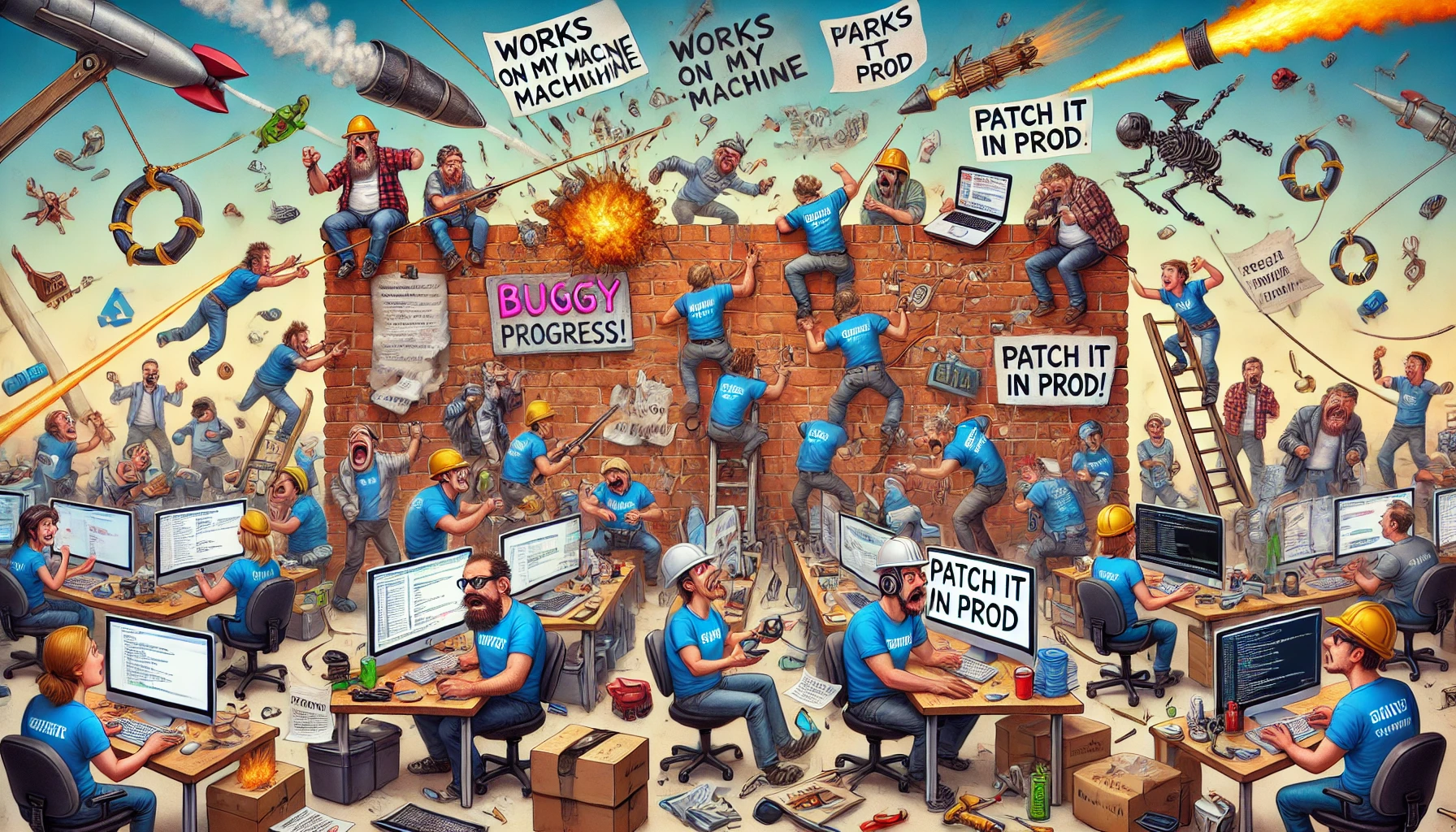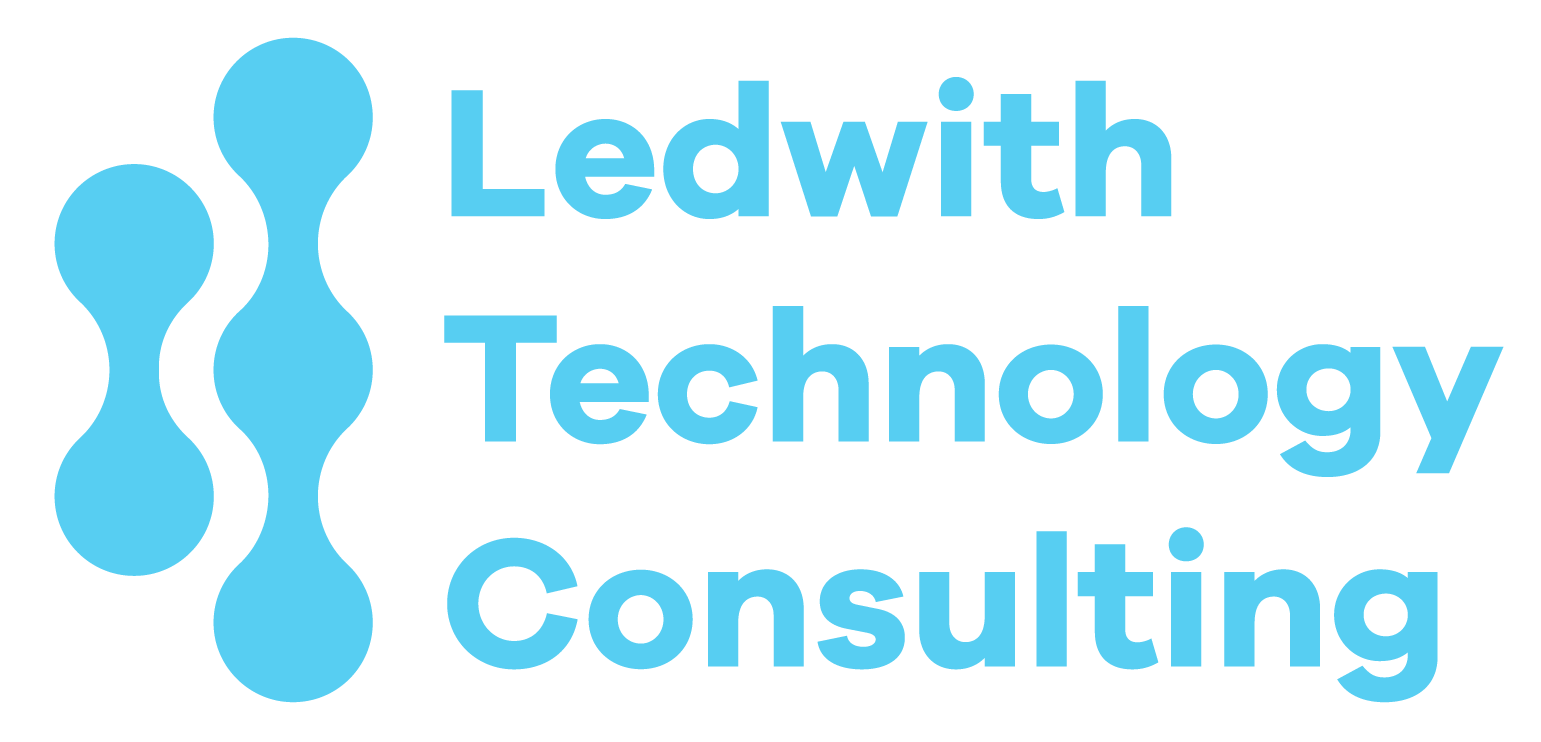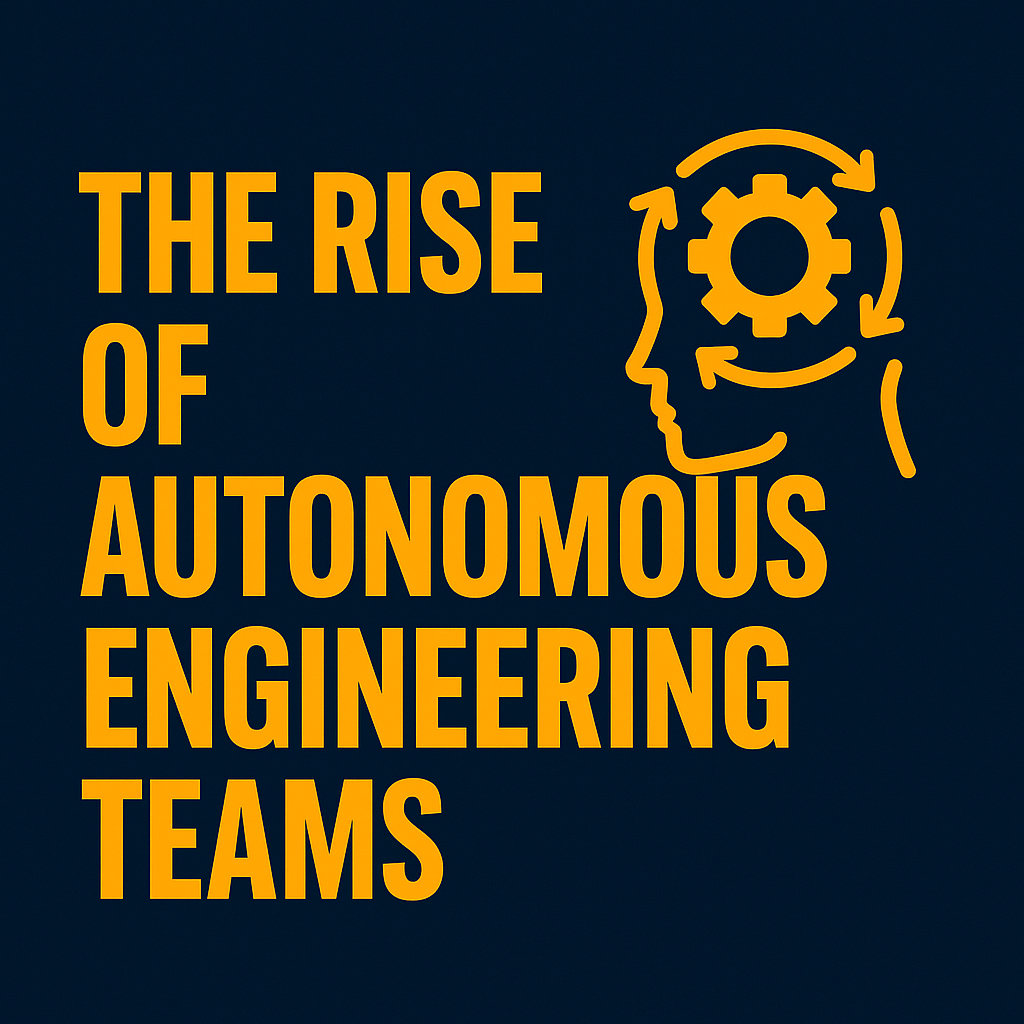By Stephen Ledwith March 1, 2025
Fostering a truly collaborative environment in software development isn’t just a buzzword—it’s a strategic advantage that can revolutionize how teams build and deliver products. Too often, organizations segregate developers, testers, and operations personnel, inadvertently creating communication silos that hinder success. When each group focuses only on its own tasks or handoffs, knowledge gaps emerge, and accountability is diluted. By contrast, an environment where everyone shares ownership of the codebase and pipeline harnesses the collective expertise of all roles, ultimately producing better outcomes for both the team and the end users.
Collaboration starts with a clear, shared understanding of each discipline’s importance. Developers bring innovative ideas and engineering expertise; testers ensure functionality and quality standards; operations handle deployment, scalability, and stability. Without continuous communication among these groups, even the simplest integration can transform into a labyrinth of confusion and rework. Encouraging daily or weekly chats—both formal and informal—fosters open dialogue, clarifies objectives, and ensures that potential obstacles are addressed early.
NOTE: For many organizations, these touchpoints go beyond standups, ranging from pairing sessions to review boards, where Dev, Test, and Ops come together to discuss the health of the pipeline, brainstorm process improvements, and tackle technical debt.
Crucially, a collaborative environment thrives on shared accountability. When developers have insight into QA needs, they’re more likely to code with testability in mind. In turn, testers become partners in preventing defects, working alongside developers to identify edge cases and refine workflows before a single line of code is committed. Meanwhile, operations teams provide real-world constraints around performance, security, and uptime—shifting the mindset from “it works on my machine” to “it works for our customers.” This shared sense of ownership unites the team around a common goal: delivering a reliable, high-quality product. Problems are no longer the domain of a specific department; they become challenges for the whole team to solve.

True collaboration is nurtured by the tools and processes the team adopts. A unified code repository, for instance, allows each member—Dev, Test, and Ops—to see exactly what is changing and where. Automated build pipelines, continuous integration, and constant delivery feedback loops provide real-time visibility, enable rapid iteration, and minimize “throw-it-over-the-wall” habits. With feature branches merging frequently and automated tests running continuously, everyone gains a clearer picture of the project’s status. That sense of transparency goes hand in hand with trust; when each department realizes that the pipeline itself belongs to everyone, it’s easier to maintain a culture of respect, empathy, and collective problem-solving.
Leaders play a pivotal role in sustaining this environment. By modeling open communication, acknowledging cross-functional contributions, and emphasizing team success over individual achievements, leaders set the standard for how collaboration will be valued. Frequent retrospectives and one-on-one dialogues help teams learn from mistakes without pointing fingers, reinforcing the principle that every discipline’s voice matters. This inclusive atmosphere not only helps talented individuals thrive but also paves the way for continuous innovation. When Dev, Test, and Ops teams work in concert—with a fluid exchange of ideas, quick feedback loops, and a united perspective on the product—creativity flourishes, risks become more manageable, and breakthroughs happen faster.
Ultimately, fostering a collaborative environment elevates the whole organization. Whether you’re rolling out a new application feature, optimizing server infrastructure, or revisiting QA processes, collective ownership breeds accountability and sparks invention. Silos dissolve, and work becomes more about shared victories than departmental concerns. This shift to a DevOps mindset—where each team member is equally invested in delivery—provides the foundation for agile, scalable growth.
Key Take Away: As you nurture cross-functional relationships and empower every role to participate fully, you’ll see how a culture of collaboration can transform not just your codebase, but the entire spirit of your engineering community.



